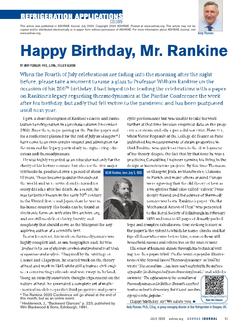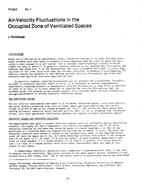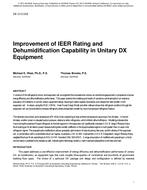Not all installation and maintenance problems can be covered adequately or even touched upon in this paper. However, an attempt is made to give an overview of situations with which the author is familiar and which demonstrate important factors in the design of a refrigeration system and its subsequent maintenance.
Since the compressor is the heart of the system, its environment and upkeep, as well as the components that affect its longevity and trouble-free operation, are reviewed, limited to the “open” type compressor. This paper is addressed to the problems that relate to reciprocating, rotary and screw compressors as applied to halocarbon and ammonia refrigerant systems. A refrigeration system as considered here consists at least of a refrigerant condenser, compressor, evaporator and inter-connecting piping, plus such auxiliary items as suction traps, filters or strainers, oil or refrigeration transfer systems control valves, etc.
It is axiomatic that a properly designed and installed system will generally minimize maintenance to the most general routine procedures, such as adding oil, changing oil filters, tightening "V" belt drives, making the compressor routine inspections suggested by the manufacturer, and repairing malfunction of control valves.
However, a system that lacks proper safety devices or is otherwise deficient (such as wrong capacity selections of components or defective workmanship) will result in perpetual failures of one type or another, possibly also in compressor failures, until corrections are made.
The operation, cost of maintenance, reliability, and adequate performance for a refrigeration system might be categorized into four basic areas of consideration.
Citation: Symposium, ASHRAE Transactions, Volume 80, Part 1, Los Angeles, CA
Product Details
- Published:
- 1974
- Number of Pages:
- 5
- File Size:
- 1 file , 410 KB
- Product Code(s):
- D-LA-74-04-4


